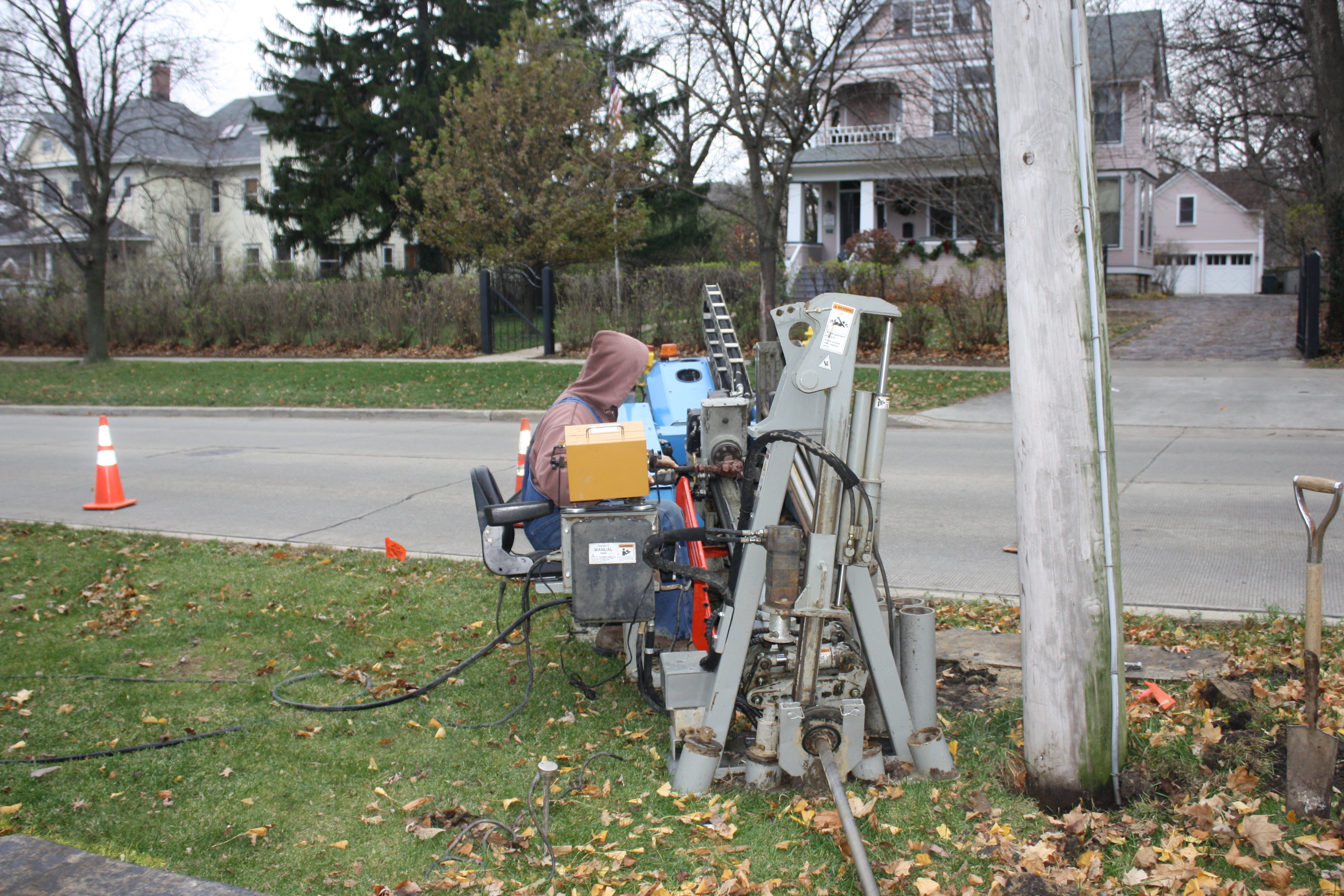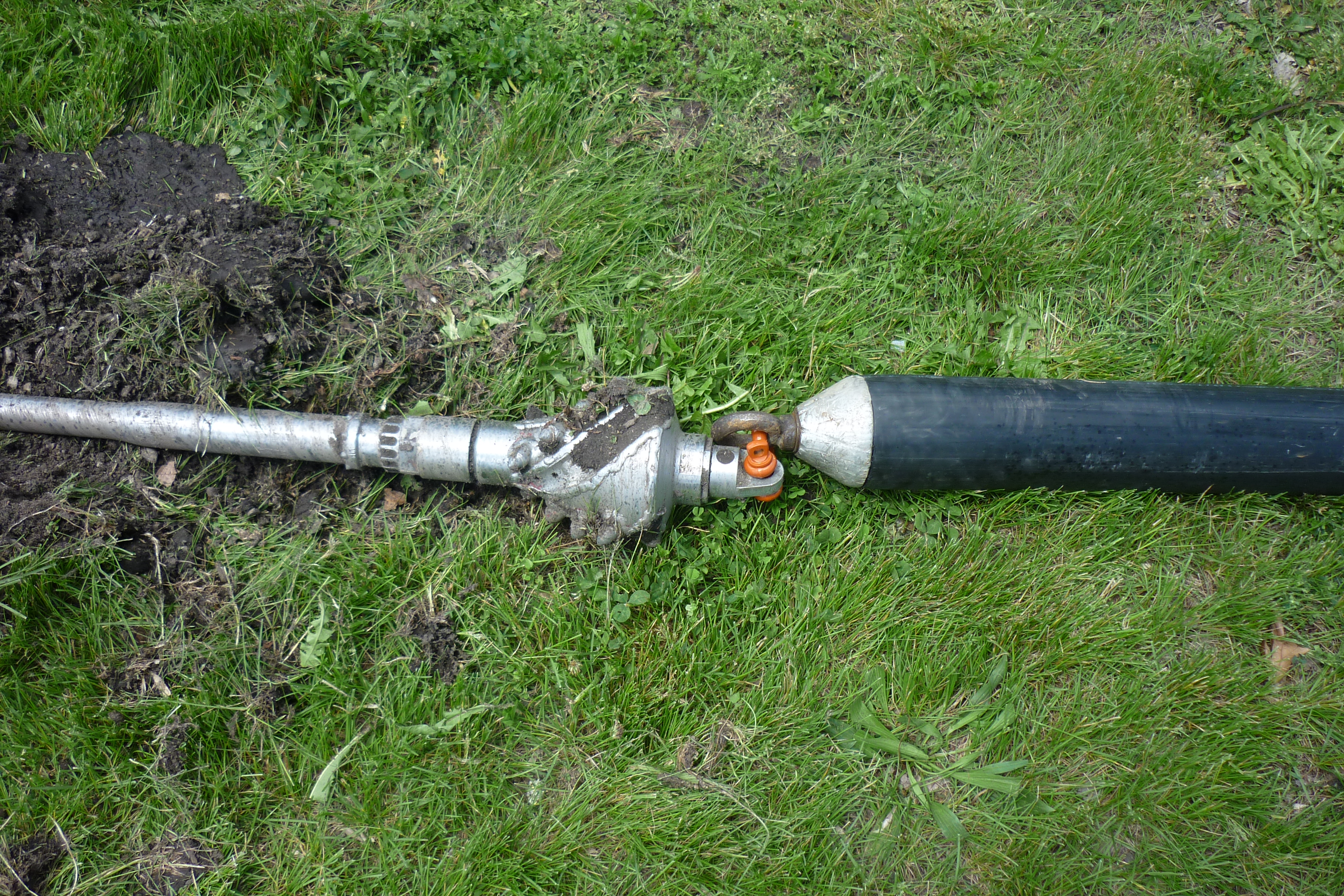
This applies for significant deviations from the conditions identified in the geotechnical investigation.

Typically, a lump sum contract will provide a provision for unforeseen ground conditions. However, this arrangement also has disadvantages. The key advantages to the owner of this type of contract are that it removes some of the questions of final project costs, and the contractor takes on risk for completing the project It is inevitable that a contractor will include large contingencies for unknowns in a lump sum contract. Payment to the contractor is based on performance and does not change with the time to complete or amount of effort applied. A lump sum contract is usually suitable when most events are certain or predictable. In this type of contract, the contractor is paid a fixed amount for delivering a drilled hole and installed pipe in accordance with the plans and specifications. Lump Sum or Fixed Price Contract Good When Events are Predictable It must be pointed out that legal items should be prepared by an attorney and fall outside the scope of this presentation. CII states, " The ideal contract-the one that will be most cost-effective-is the one that assigns each risk to the party that is best equipped to manage and minimize that risk, recognizing the unique circumstances of the project (Construction Industry Institute, 1986)." The Construction Industry Institute (CII) sets an important consideration and approach for all types of construction contracts. The trend is to utilize alternative contract forms for the more challenging directional drilling jobs. Our past experience supports this statement that traditional contract forms have not always been appropriate as contractors have expanded the envelope for HDD projects. According to one of the largest directional drilling contractors, numerous directionally drilled crossings let on a lump sum basis have been unsuccessful. However, there are situations where an alternative contract may be advantageous for both owner and contractor. The lump sum version perhaps has been the most common.

Lump sum or fixed price, daily rate, footage rate, mixed price, and partnering contracts are examples of agreements that have been use. Several contract formats have been used for horizontal directional drilling (HDD) projects. This installment concludes a two-part series, which began on March 8 with the article Owners Face Challenges in Selecting Directional Drilling Systems for Pipeline Installation: Part I. Michels completed a record setting horizontal directional drill (HDD) installation of an 18-inch diameter steel gas pipeline of 12,459 feet.By Steven R. Michels completed 9 horizontal directional drills in the New York and New Jersey metropolitan area. The new facilities will now capture approximately 180 to 240 million cubic feet per day of natural gas, preventing it from otherwise flaring into the atmosphere. As one of the most trusted horizontal directional drilling contractors, our crew approached the 2.5-mile project by using the pilot-hole intersection method, which requires two rigs to drill simultaneously toward one another from both sides of the project and eventually meet near the middle. The 13,247-foot (4,037-metre) drill allowed installation of a 20-inch pipe under the Missouri River.

Michels HDD contractors also assembled and handled the massive pipe string, which took 38 hours to pull into place in three sections. Michels installed a 4,000-foot land-to-land and a 1,600-foot water-to-land installation of 16-inch pipe.


 0 kommentar(er)
0 kommentar(er)
